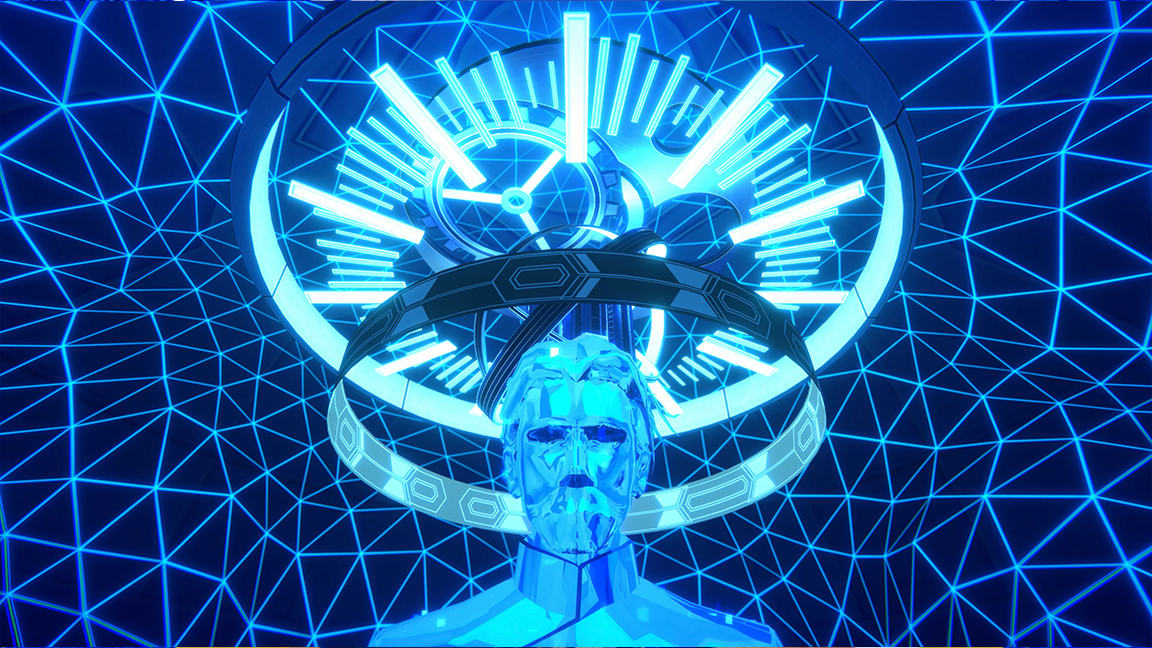
Anime VR adventure Dyschronia Chronos Alternate is out now for PSVR 2, the new PS5 next-gen virtual reality headset, and this puzzle-based game required some thought to ensure it worked in VR.
Designing unique UI and UX for VR is something that is constantly evolving and the release of PlayStation VR2 means developers are going to need to think harder about how they immerse players in more complex and interactive worlds. PSVR 2 offers haptic feedback, for example, that can make VR worlds feel more physical; read my PSVR 2 review for more on the hardware.
The goal of the developer MyDearest Inc. was to create a VR world that will draw the player and the avatar, the character you played as, together so as to not lose immersion.
Dyschronia Chronos Alternate: a PSVR 2 success
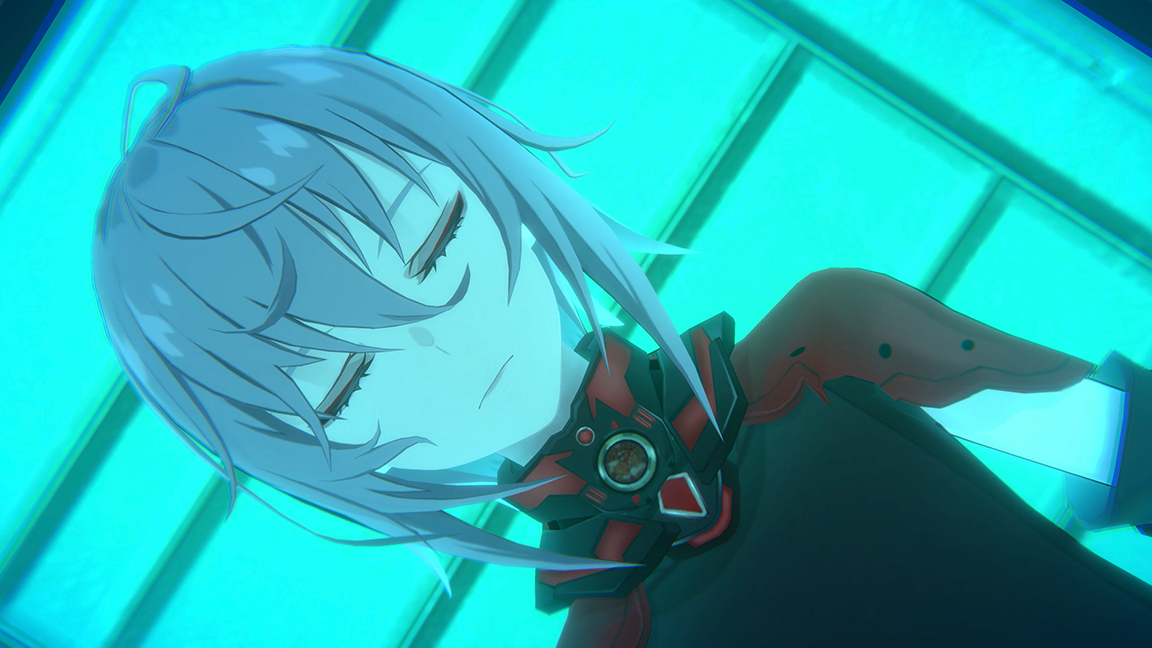
Graphics programmer Junya Yamamoto tells me: "In order to eliminate as much as possible the discrepancy between the player and the character in the game, we had to work on the UX to control the interactive UI, eliminating the friction and making it easier to become the protagonist."
Yamamoto-san says this wasn't easy, explaining: "There was a large amount of information in areas deeply related to the game's worldview and the progress of the investigation so we had to be careful not only in not losing the sense of immersion, but also how to structure the UI to make it easier for players to understand and operate the game comfortably."
The team made use of PSVR 2's Adaptive Trigger tech in the Sense Controllers and haptic feedback to ensure players feel connected to the world, director Ao Matsuoka says when a you holds a gun the trigger "has a force to resemble the trigger" while when you die in the game the headset will rumble.
These features aid immersion but the team had to overcome creative hurdles unique to Dyschronia Chronos Alternate. This PSVR 2 game is a three-part mystery filled with puzzles and tied to a unique narrative structure. To make the experience work in virtual reality some creative solutions were needed.
Get the Creative Bloq Newsletter
Daily design news, reviews, how-tos and more, as picked by the editors.
"We sometimes wanted to temporarily mislead the player through visual effects, but achieving such effects was more challenging than in a flat screen game," says Matsuoka-san, explaining it's hard to misdirect players in a virtual space, because players are free to move. "In VR games the player has complete freedom of movement so even if you want to hide something the player is going to find it."
The team also had to think about how to incorporate elements that are mainstays of adventure games, such as flowcharts and logs that hold clues and story details. "In considering these points," explains Matsuoka-san, "we sometimes looked to movies rather than flat screen games for reference, and we also abstracted and recaptured commonplace features and restructured them to fit the worldview. Thinking about the implementation of these things was difficult, but fun."
Dyschronia Chronos Alternate: puzzle design in VR
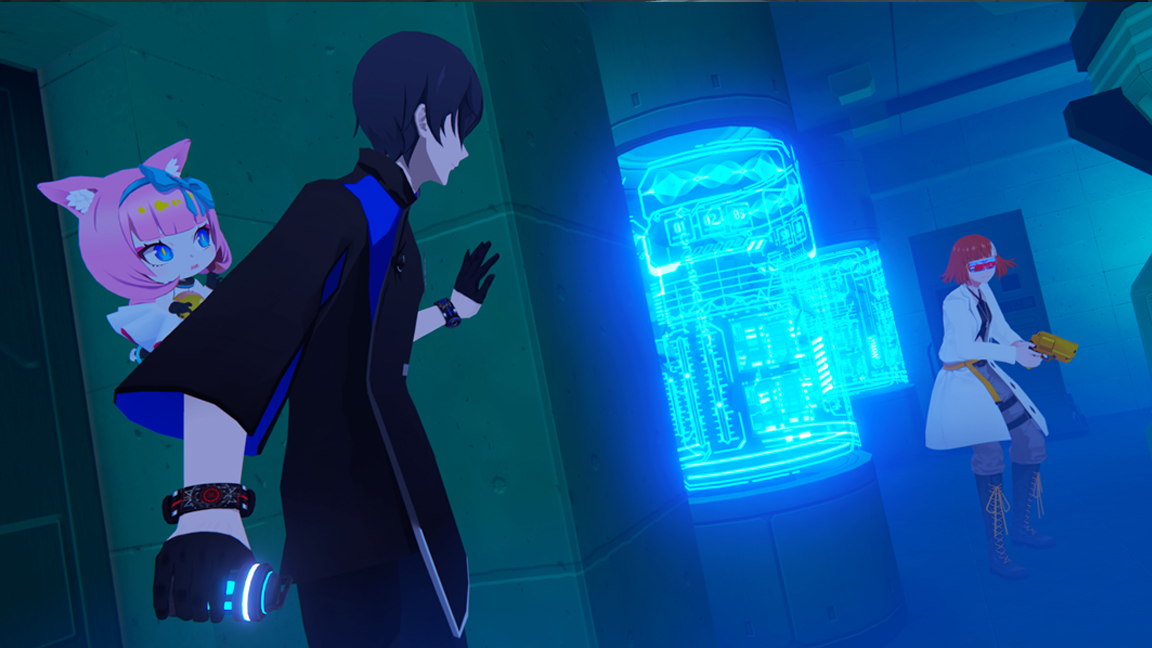
Puzzle design in PSVR 2 poses challenges, too. Dyschronia Chronos Alternate features many brainteasers designed to work in virtual reality, which means crafting gameplay that works when players are surrounded by an immersion world. If you're set on creating a VR experience or game, you may learn something from the Dyschronia's team's approach.
"We had to be very careful that what we were creating was not just a puzzle for the sake of solving a puzzle, because VR is a world that completely surrounds you, and a sudden puzzle element that does not fit that space will cause a loss of immersion, affecting even the story overall," explains Matsuoka-san.
The dev continues: "This is of course something that needs to be considered in flat screen games, but in VR you need to be more aware of this, and since Dyschronia Chronos Alternate is a story-driven adventure, the loss of world reality and immersion is a particularly fatal problem.
They add: "Therefore, we spent a great deal of time on the overall structure of the game, first making puzzles and stealth occur naturally in the story, and then as a reward for solving these puzzles and stealth, the mystery the player wanted to know was solved and developed into a new story. We also incorporated this structure into the game design, sharing the worldview with the artists and engineers and adjusting the visuals and interactions so that each puzzle gimmick feels like a natural part of that world."
Dyschronia Chronos Alternate: designing PSVR 2 worlds
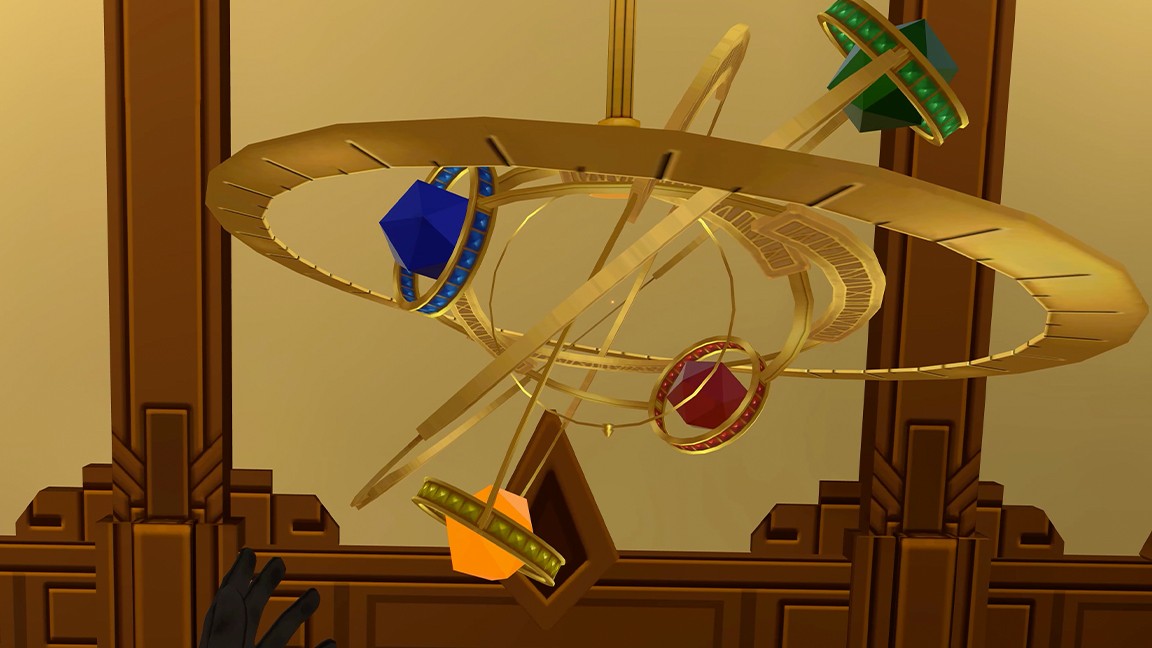
Sharing how the team approached puzzle design in VR raises some interesting questions of how developers are now creating virtual worlds, and the future of VR.
"Artists and game designers who create VR experiences need to be particularly imaginative and have a high abstract thinking skill related to 'space' and 'human physical constraints'," says Matsuoka-san. "Therefore, by designing levels and avatars that take advantage of and extend these capabilities, we can create experiences that are unique to VR."
The developer offers an example of this thinking in Dyschronia; the game incorporates looking up and leaning out of the shadows into the game. What is a simple thing in flat screen games, in PSVR 2 becomes an immersive act.
"This is basic, but it makes the player feel more immersed in the narrative experience by increasing the reality of their presence in the world and the sense of realism and danger," shares Matsuoka-san. "I believe that being able to imagine players moving around in the space you are creating is a skill that is particularly sought after by VR artists and game designers."
Dyschronia Chronos Alternate: the future of VR?
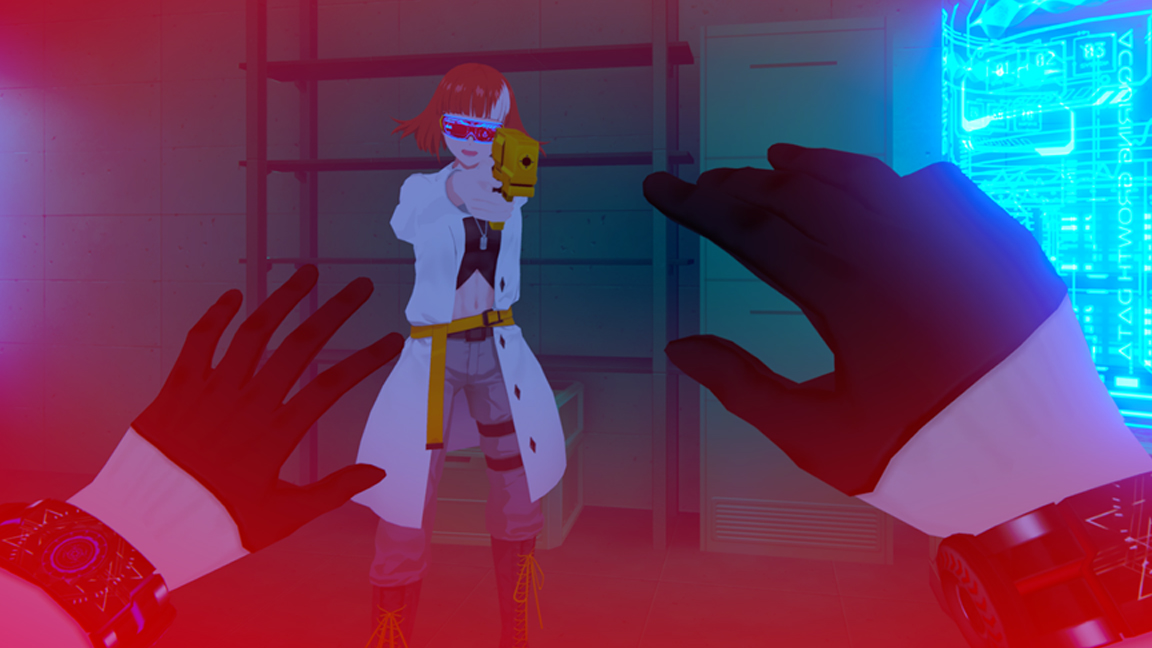
So what of the future of VR? With the launch of PSVR 2, the comitment of Meta to Quest 2 and the metaverse, and the tease of not only a new Samsung VR headset but a first Apple VR device, it would seem VR is back in vogue.
"Meta's Quest 2 has dramatically increased the number of VR users. And with the arrival of PSVR 2, we believe that a new type of player, different from the ones existing in Meta Quest 2, will enter the VR market," says producer Kento Kishigami.
He adds: "People that are not interested 100 percent in VR but in new gaming experiences, and that is why they are buying PSVR 2. We think the VR market will expand more as more people interested in VR will join the community with Quest 2 and more passionate gamers will enter the VR world with PSVR 2."
Kishigami-san explains further: "The VR market will expand more, and users will demand more challenging VR games with new experiences. Seven years have passed since PSVR 1 and Oculus Rift, when they were introduced in 2016, and many good VR games have been created, but we hope to create a new style of VR games without being bound by them, a new style of VR game."
Dyschronia: Chronos Alternate is available now on PSVR 2 (with enhanced features) and the original three-part game is available on Meta Quest 2. For more details visit the official Dyschronia: Chronos Alternate website.
Read more:
- Best PSVR 2 games: what to play first on your PS5 VR headset
- PSVR 2 reaction from ILMxLAB
- The best PS5 external hard drives in February

Thank you for reading 5 articles this month* Join now for unlimited access
Enjoy your first month for just £1 / $1 / €1
*Read 5 free articles per month without a subscription

Join now for unlimited access
Try first month for just £1 / $1 / €1

Ian Dean is Editor, Digital Arts & 3D at Creative Bloq, and the former editor of many leading magazines. These titles included ImagineFX, 3D World and video game titles Play and Official PlayStation Magazine. Ian launched Xbox magazine X360 and edited PlayStation World. For Creative Bloq, Ian combines his experiences to bring the latest news on digital art, VFX and video games and tech, and in his spare time he doodles in Procreate, ArtRage, and Rebelle while finding time to play Xbox and PS5.
